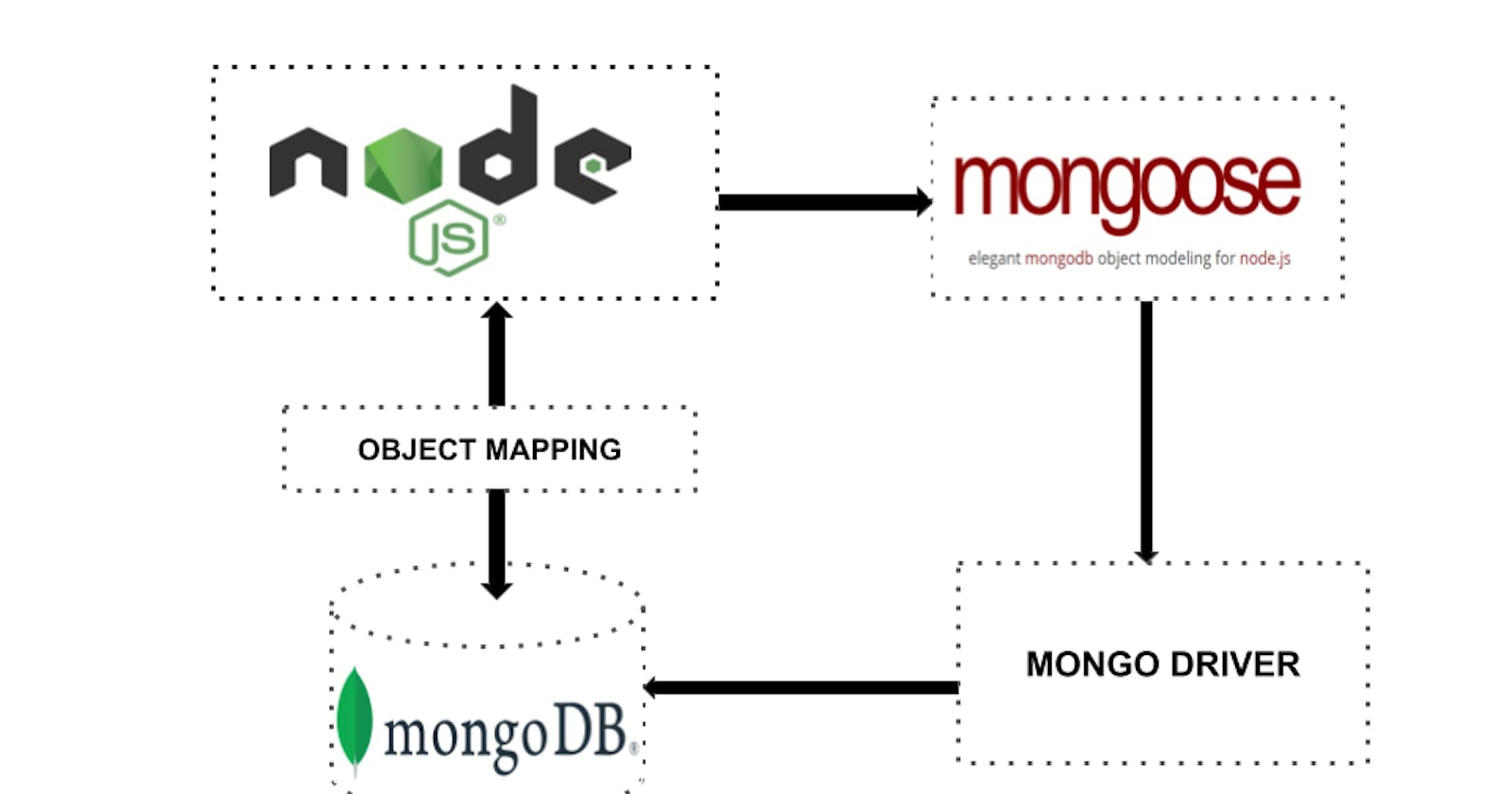Demystifying MongoDB with Mongoose: A Comprehensive Guide to Backend Development
Table of contents
- Introduction:
- Understanding Mongoose:
- Getting Started with Mongoose:
- Mongoose Schema and Models:
- Querying with Mongoose:
- Middleware and Hooks:
- Indexes and Performance Optimization:
- Virtuals and Transformers:
- Advanced Features:
- Real-world Applications:
- Security Considerations:
- Logging and Monitoring:
- Conclusion:
Introduction:
In the realm of backend development, MongoDB stands as a powerhouse for handling unstructured data, and Mongoose serves as its elegant companion, providing a structured and versatile framework. This comprehensive guide delves into the depths of Mongoose, unraveling its fundamentals, advanced features, best practices, and real-world applications in the MongoDB ecosystem.
Understanding Mongoose:
Introduction to Mongoose:
- Mongoose is an Object Data Modeling (ODM) library for MongoDB and Node.js, designed to simplify interactions with MongoDB through a rich, schema-based abstraction.
Why Mongoose?
- Mongoose provides an additional layer of abstraction over MongoDB, offering features like schema validation, middleware, and a fluent API for streamlined data modeling and querying.
Getting Started with Mongoose:
Installation and Setup:
- Step-by-step instructions on installing Mongoose in a Node.js project and setting up a connection to a MongoDB database.
Basic Schema Definition:
- Creating a basic schema using Mongoose, defining data types, default values, and validation rules for MongoDB collections.
Connecting to MongoDB:
- Configuring Mongoose to connect to a MongoDB database, exploring connection options and handling events such as connection errors.
Mongoose Schema and Models:
Schema Design:
- Understanding the importance of schema design in Mongoose, defining complex data structures, nested schemas, and handling references between collections.
Model Creation:
- Creating Mongoose models based on defined schemas, representing MongoDB collections and enabling CRUD operations.
Schema Validation:
- Leveraging Mongoose's built-in validation to enforce data integrity, ensuring that data conforms to the specified schema rules.
Querying with Mongoose:
Basic Queries:
- Executing CRUD operations with Mongoose, utilizing methods like
find,findOne,create,update, anddeleteto interact with MongoDB collections.
- Executing CRUD operations with Mongoose, utilizing methods like
Advanced Queries:
- Exploring advanced querying features in Mongoose, including filtering, sorting, pagination, and utilizing query options for complex data retrieval.
Population:
- Using population in Mongoose to seamlessly reference and populate documents from other collections, simplifying data retrieval in relational scenarios.
Middleware and Hooks:
Introduction to Middleware:
- Understanding the role of middleware in Mongoose, including pre and post hooks, and how they enable developers to run functions at various stages of the document lifecycle.
Common Use Cases for Middleware:
- Implementing middleware for tasks such as data validation, encryption, and triggering actions before or after saving documents to the database.
Indexes and Performance Optimization:
Index Creation:
- Creating indexes in Mongoose to enhance query performance, exploring different types of indexes and their impact on read and write operations.
Performance Best Practices:
- Implementing best practices to optimize performance in Mongoose, including efficient querying, indexing strategies, and minimizing database round-trips.
Virtuals and Transformers:
Virtual Fields:
- Utilizing virtual fields in Mongoose to create derived properties that are not persisted in the database, enhancing data representation and abstraction.
Transformers:
- Implementing transformers to control the JSON representation of documents, allowing customization of data sent to clients or APIs.

Advanced Features:
Aggregation Framework:
- Harnessing the power of MongoDB's aggregation framework through Mongoose, enabling complex data transformations and analysis.
Transactions:
- Implementing transactions in Mongoose to ensure atomicity and data consistency across multiple operations, safeguarding against unexpected failures.
Real-world Applications:
User Authentication and Authorization:
- Building user authentication systems using Mongoose schemas, incorporating features like password hashing, token management, and role-based access control.
Content Management Systems (CMS):
- Designing a content management system with Mongoose, managing dynamic content, relationships between entities, and optimizing for performance.
Security Considerations:
Data Sanitization:
- Implementing data sanitization strategies in Mongoose to prevent injection attacks and enhance the security of MongoDB queries.
Authentication Best Practices:
- Adhering to authentication best practices, securing Mongoose applications against common vulnerabilities like injection and unauthorized access.
Logging and Monitoring:
Logging Best Practices:
- Implementing effective logging mechanisms in Mongoose to track database interactions, troubleshoot issues, and monitor application performance.
Monitoring with Analytics:
- Utilizing analytics tools to monitor Mongoose applications, tracking query performance, identifying bottlenecks, and optimizing data retrieval.
Conclusion:
Mongoose stands as a cornerstone in the MongoDB ecosystem, elevating the developer's ability to interact with MongoDB in a structured and efficient manner. This comprehensive guide has explored Mongoose from its installation to advanced features, with real-world applications and security considerations in mind. As you embark on your journey with Mongoose, may your MongoDB interactions be seamless, secure, and tailored to the unique needs of your backend development projects.
Thank you for your time. Hope to see you in the next article.

